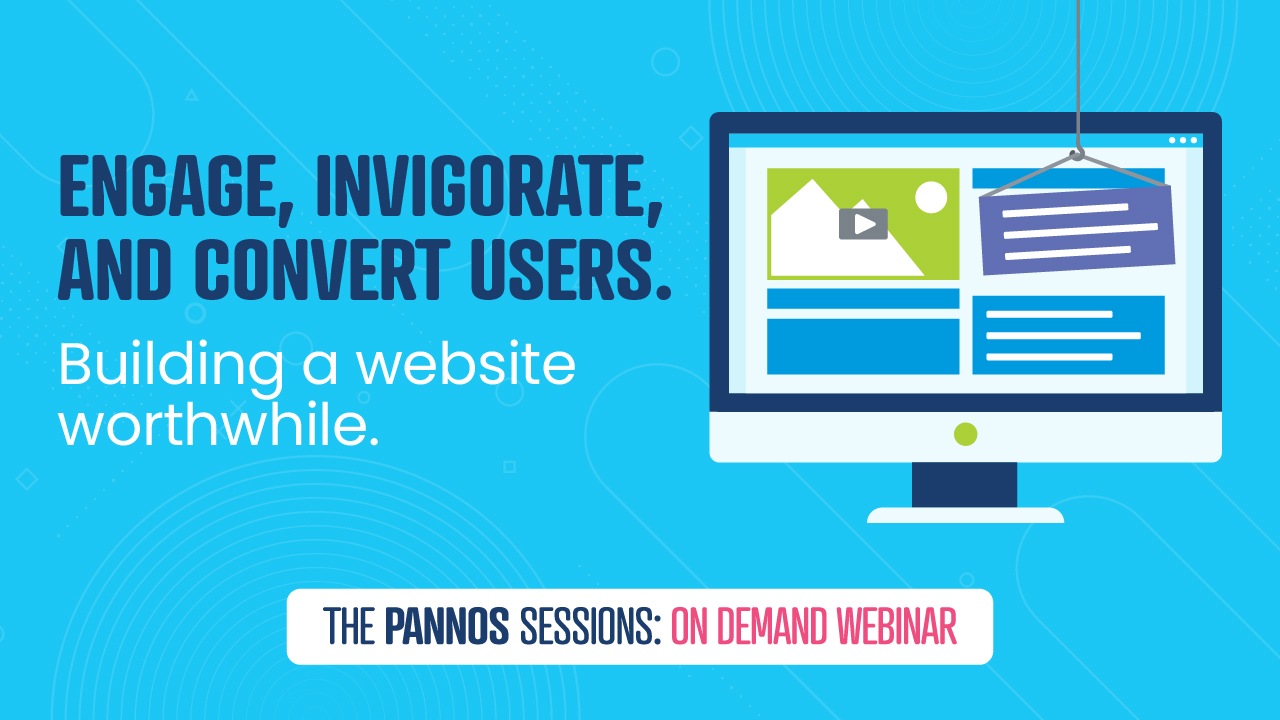
September 15, 2020
Beyond the aesthetics, your site has to be intuitive to users, no matter if it's their first visit or if they stop by every day. Unlike most users, you likely visit your website daily, or at least multiple times per week. You know exactly where to find the products, services and information that you're looking for.
But guess what? Your users don't think like you. You are not your user. Simply put, your users don't use the site or understand it the same way that you do.
Many users are coming to your site or exploring a product for the very first time. Visitors will typically have a goal in mind when they land on your site, whether it's logging in to their account or looking for information on a product. Users will pursue their goal until they succeed or until they become too confused or frustrated and leave your site altogether. Obviously that is not the desired outcome.
The False-Consensus Effect
Assuming that you are your user is a mindset that tends to be deeply ingrained. This is known as the false-consensus effect in social psychology. The effect describes "people's tendency to assume that others share their beliefs and will behave similarly in a given context" and those who make different choices from us are those who are very different.
(source: https://www.nngroup.com/articles/false-consensus/)
However, realistically, even though you may share a similar background with your users, you are different and likely won't make the same decisions. This is critical to keep in mind because it forces you to take yourself out of the equation and place the user's needs in the spotlight.
Faster Horses
While it is important to take time to understand your user, you want to avoid outright asking them what they want. There is a parable that goes something like this:
"If Ford had asked the people what they wanted, they would have said faster horses. Instead, he invented the automobile."
The point here is that users typically don't know what they want, and they certainly don't know the right solution. When designing the functionality of your website, you shouldn't rely on what people say they do or don't want. Human memory is imperfect and users tend to tell you what they remember doing, but cannot tell you the finer details or the things they didn't experience at all. Additionally, people tend to rationalize their behavior, and may even bend the truth to what they think you want to hear or what they think they should say in order to be socially acceptable.
(source: https://www.nngroup.com/articles/first-rule-of-usability-dont-listen-to-users/)
How to Design for Users Needs
Given all this information, you may be stumped on how to make the best decisions for redesigning your website so that it meets the needs of your user. Thankfully, we have a few methods at our disposal.
- Watch Them – There are a few different tactics you can employ to observe your users, though perhaps the most basic is to collect and analyze the consumer data of your customers. You may have access to an MCIF or other source that can provide generational breakdowns by product, retention rates, online banking and mobile app adoption rates and usage, and the average number of products per customer/member, to name a few. By seeing what products are most popular, you can create a flow through your website that expedites the user's access to the product. Heat mapping is another great tool to take advantage of and is a powerful tool in understanding what users do on a page – where they click, how far they scroll, what they pay attention to, or ignore. Having this data can inform us how we should design to fit the user's behaviors and get them to the information we want them to see.
- Anticipate Their Needs – This method is typically informed by the data and observations collected in the previous point. If you have data at your disposal, you can design a default experience for a product. If you know how the majority of your users are using your website, you can make common and important tasks obvious and user-friendly.
- Design for Predictability – You don't want your users to be confused or frustrated by anything on your site, so there is no need to reinvent the wheel. There are core design patterns that most are familiar with. This includes menus, login buttons, selection lists, drop-down navigations and more. This same thought applies to the language used on your site for labeling products and services. For example, don't hide your checking accounts behind the title "deposit products". Site users likely won't understand the bank speak, nor should you expect them to.
- Give Context – You can find exactly what you're looking for in a grocery store based on signs that give you an idea of what products to expect within each aisle. With websites, however, there are no physical cues to direct help users. Use breadcrumbs to help them know where they are within your site and allow them to navigate back through your information architecture. Use headings that match the item they clicked on in the navigation. This will reassure the user that they went to the page they intended as well as give them an idea of what to expect for content.
- Strive for Clarity – Reduce the amount of effort and thought it takes a user to navigate your site. Making clear calls-to-action, designing the information architecture to be easily scannable, and designing ideal user flows through the site will go a long way in making your site clear and understandable.
We all have knowledge biases, and we assume that our users will have the same experience on our website that we do. By acknowledging that you and your users are not one and the same, you've taken an important step on the path to making an objective user experience that suits your user's needs.






